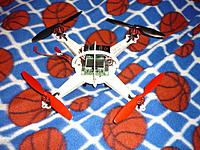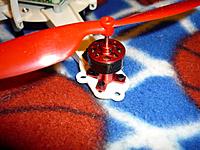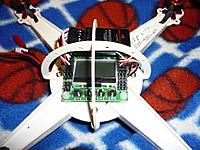I just finished my build of the Hobby King X900 tricopter. It is a fairly large one. I am hoping I can see it farther away too. But it is all setup and ready for its maiden tomorrow, if everything goes right. This one is pretty big with a 900mm diameter, which is almost a meter across.
I used a KK 2.1 controller board with the LCD panel on it. I sorta like no needing to perform complicated joy stick moves, etc or needing a USB port and a computer to set it up. Maybe they'll come out with one that uses GPS soon too.
The X900 was setup to use a mini-servo for YAW of about 17g weight. But many of the mini-servos cannot handle the motor on it and tend to strip out. A number of people already had problems with the servos not being able to handle the motors on their tricopters already. I went with larger NTM 35-30 1100 KV motors and felt that the mini-servos would not be able to handle the bigger motor, so I opted for a hextronic HX12 metal gear servo instead. It just happens to fit in between the two mount side plates. Thus with some glue to glue it in place (I used GOOP) it ought to work out fine.
I am using a 3 cell 5000mah Lipo battery pack with the X900 for now. It has 40 amp speed controls on it as well. I have a Lemon RC DSMX receiver with a satellite receiver too. I am using Spectrum DX-18 for the transmitter. I also have 12x4 propellers on it as well. I do have some carbon fibre 12x4 props too, but I am saving them for use later after its initial flights.
Anyway, I only need to charge the battery pack up and it is ready to go for its first flight.






Now my setup didn't quite turn out as I expected, the motor power wires are a little too short using a power distribution board on the X900. Thus mine doesn't fold up all the way. I may need to do something about it later, if I need it to fold up more.

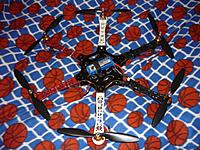 Views: 426
Views: 426 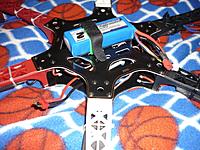 Views: 420
Views: 420 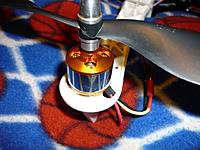 Views: 437
Views: 437 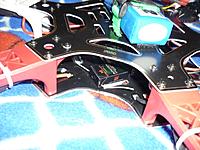 Views: 458
Views: 458 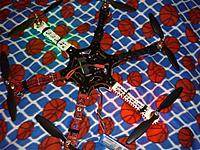 Views: 456
Views: 456 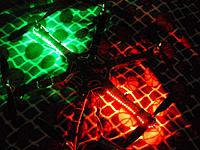 Views: 471
Views: 471 






